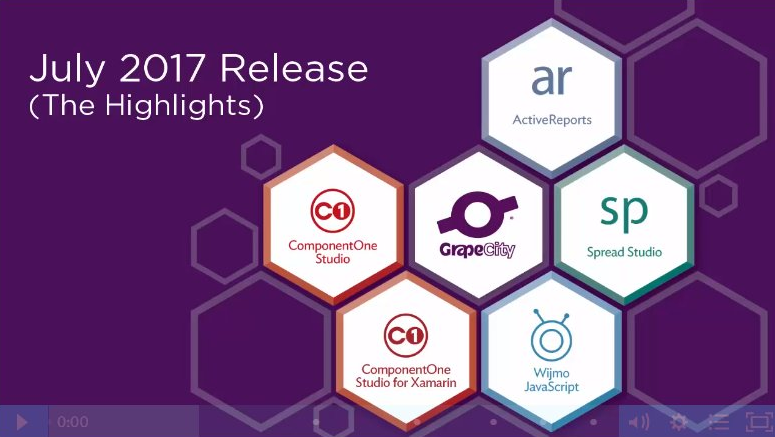Saying that it is seeing as much interest in Windows 8 as it has in older platforms, Microsoft component solution provider ComponentOne has announced support for the new operating system in today’s release of its control suite, Studio Enterprise 2012 v3.
Chris Bannon, a product manager at ComponentOne (a division of GrapeCity), said the company had the desktop covered with its Windows Forms controls, and was now extending Windows 8 controls into its Studio for WinRT XAML and Studio for WinJS packages, which were announced at Microsoft’s BUILD conference earlier this month.
Bannon explained that ComponentOne’s control development centers around two codebases: a JavaScript codebase from which the WinJS controls are created, and a XAML codebase from which the WinRT and Windows 8 controls are developed. “This gives our users clear migration paths, and makes it easier to target multiple platforms from the same codebase,” he said.
Greg Lutz, another product manager at ComponentOne, said Microsoft provides system controls that offer the changes ComponentOne needs to develop its tools, but that on JavaScript, it’s a bit more difficult. Bannon explained that it’s somewhat trickier to do touch in the existing JavaScript Framework because there is no base control to inherit from. He added, though, that Microsoft has provided new event APIs for handling touch input, and that developers can even create their own gestures for use in an application.
The company was also able to draw from its knowledge of JavaScript, and Bannon noted that JavaScript in Windows 8 uses many of the same standards found in JavaScript for Web applications.
Lutz also pointed out that ComponentOne has created a number of controls for building Windows Store applications, which require touch and pen input as well as the app bar and charms for navigation. Among the new controls from ComponentOne are those for touch-first charts and gauges, and new high-performance ListBox controls that are available for all XAML platforms.
“We think for these kinds of applications, C# developers will move from Windows Forms or [Windows Presentation Foundation] to XAML,” Lutz said, “rather than JavaScript/HTML.”






